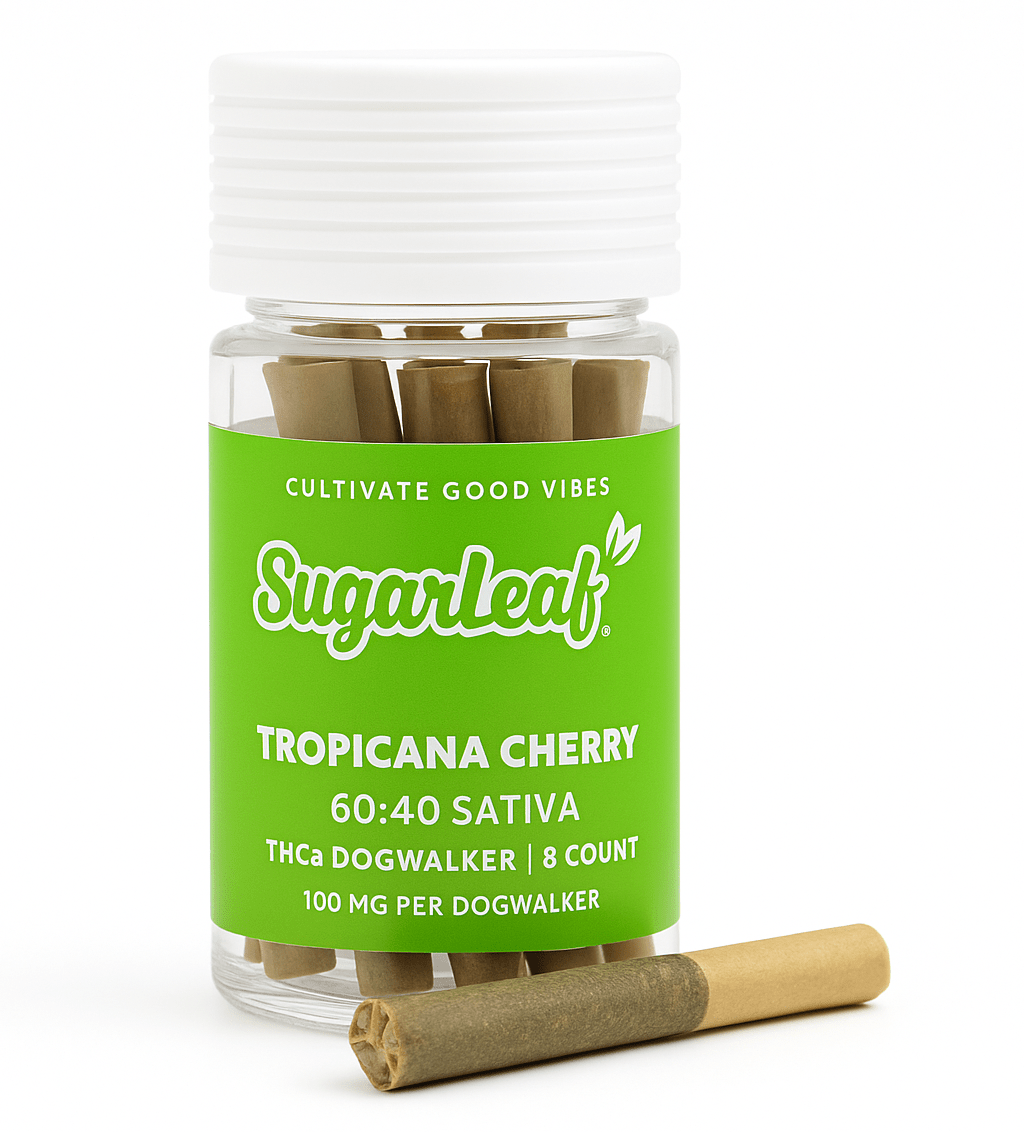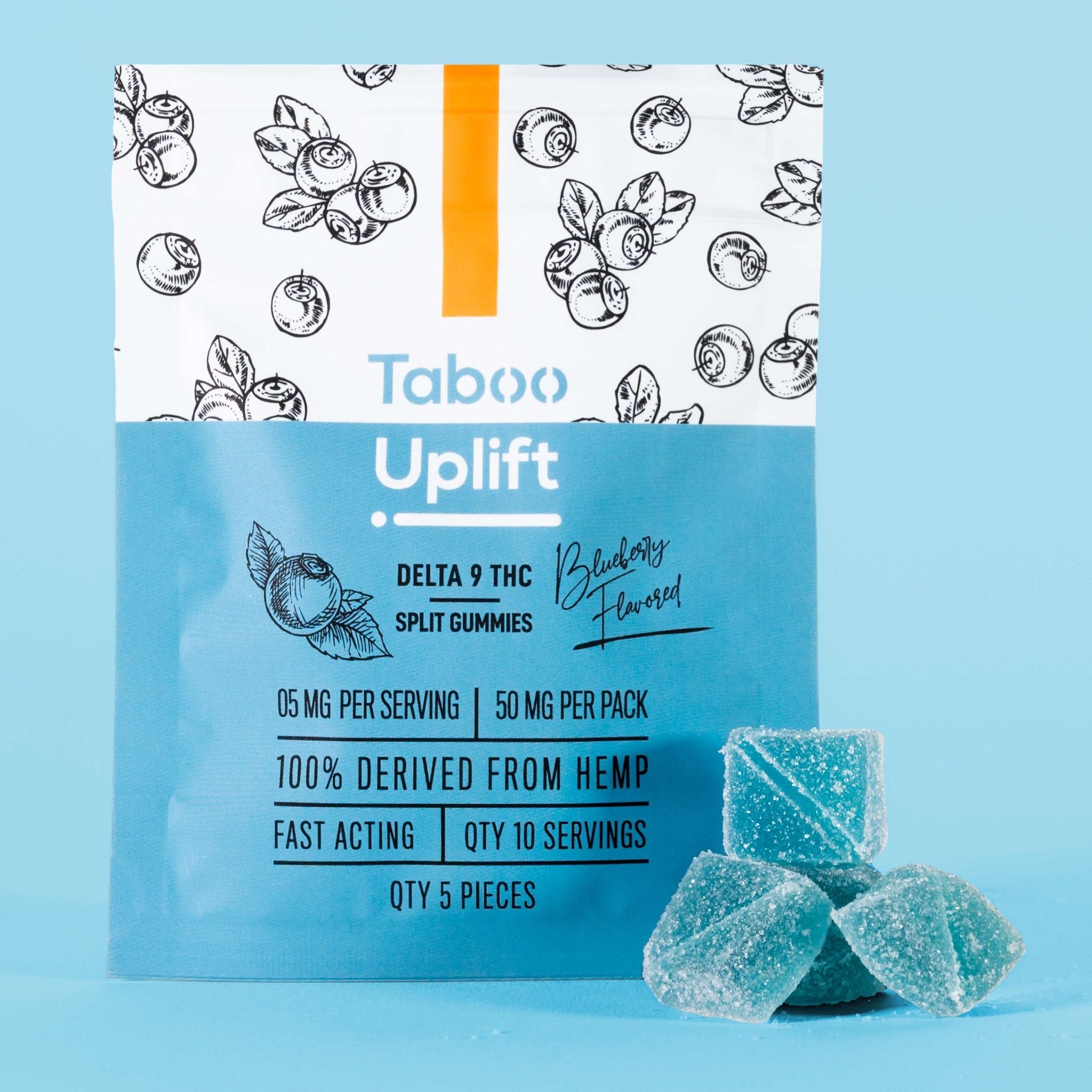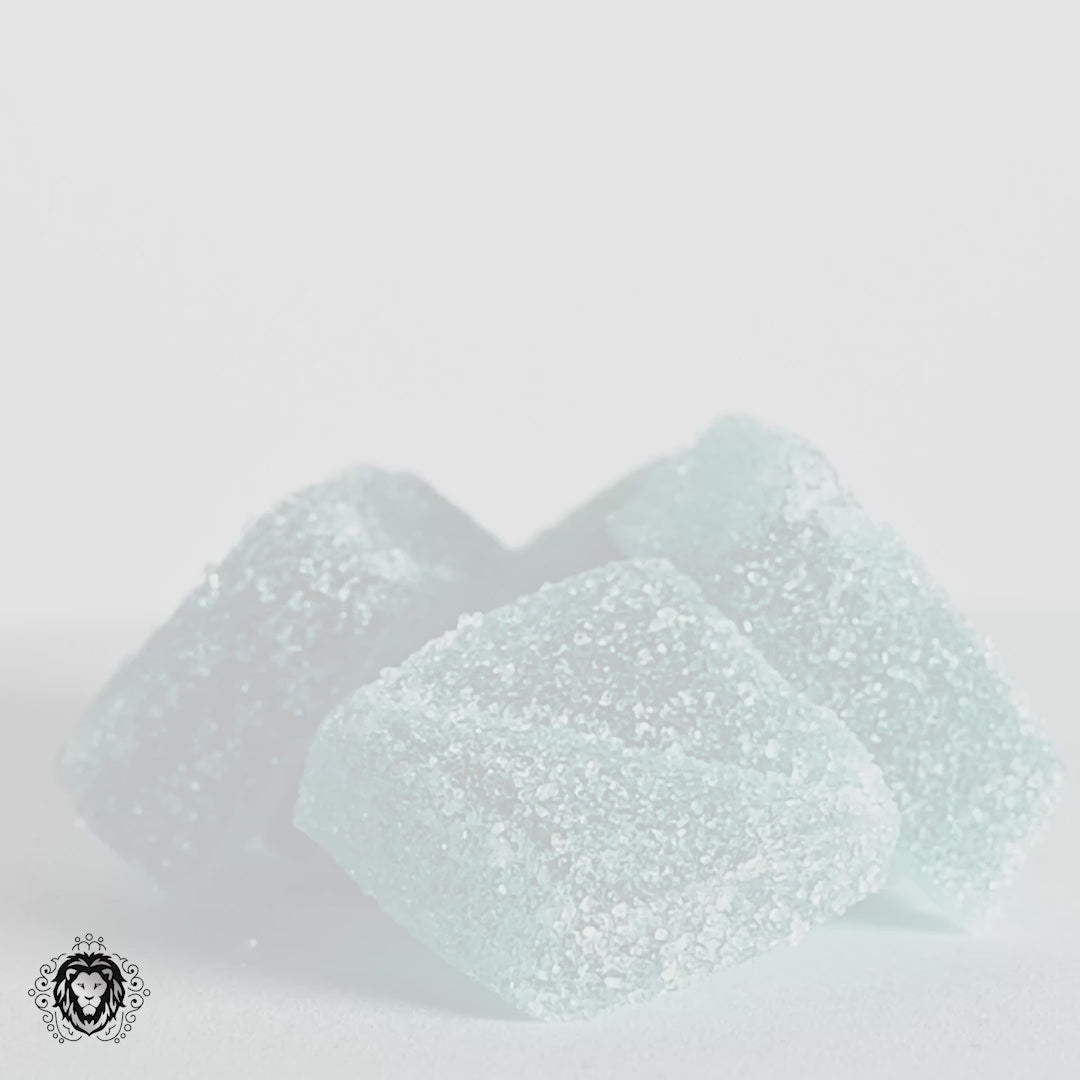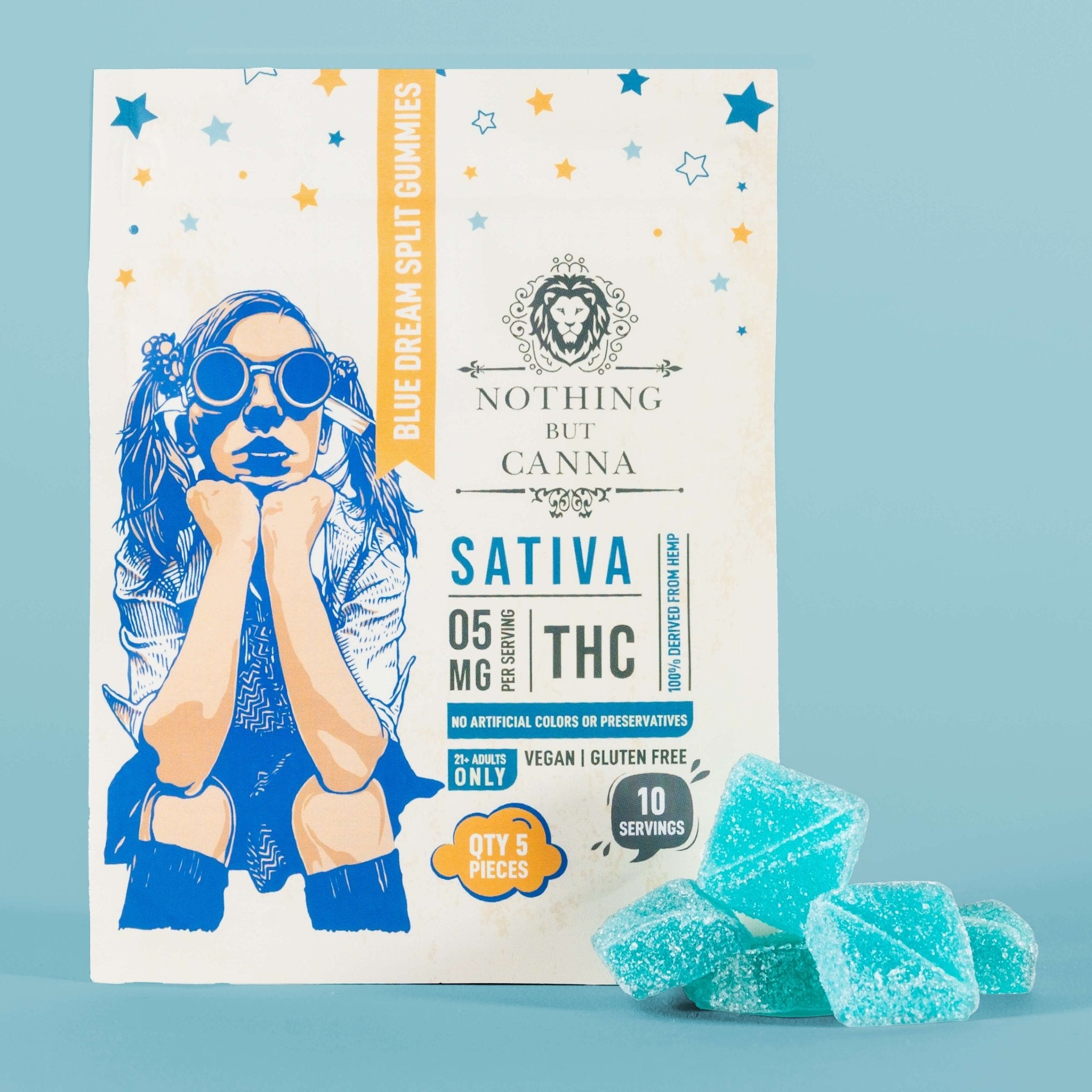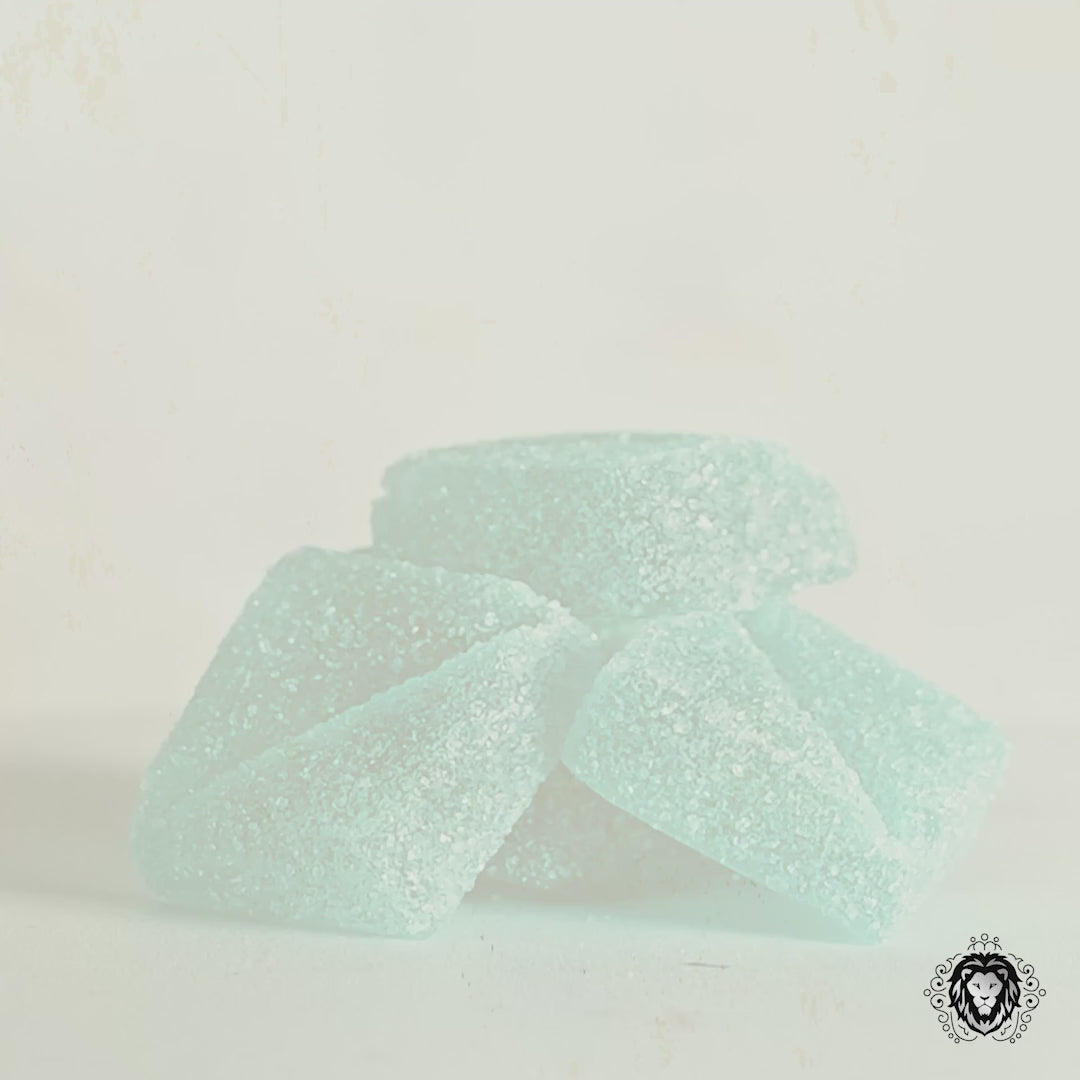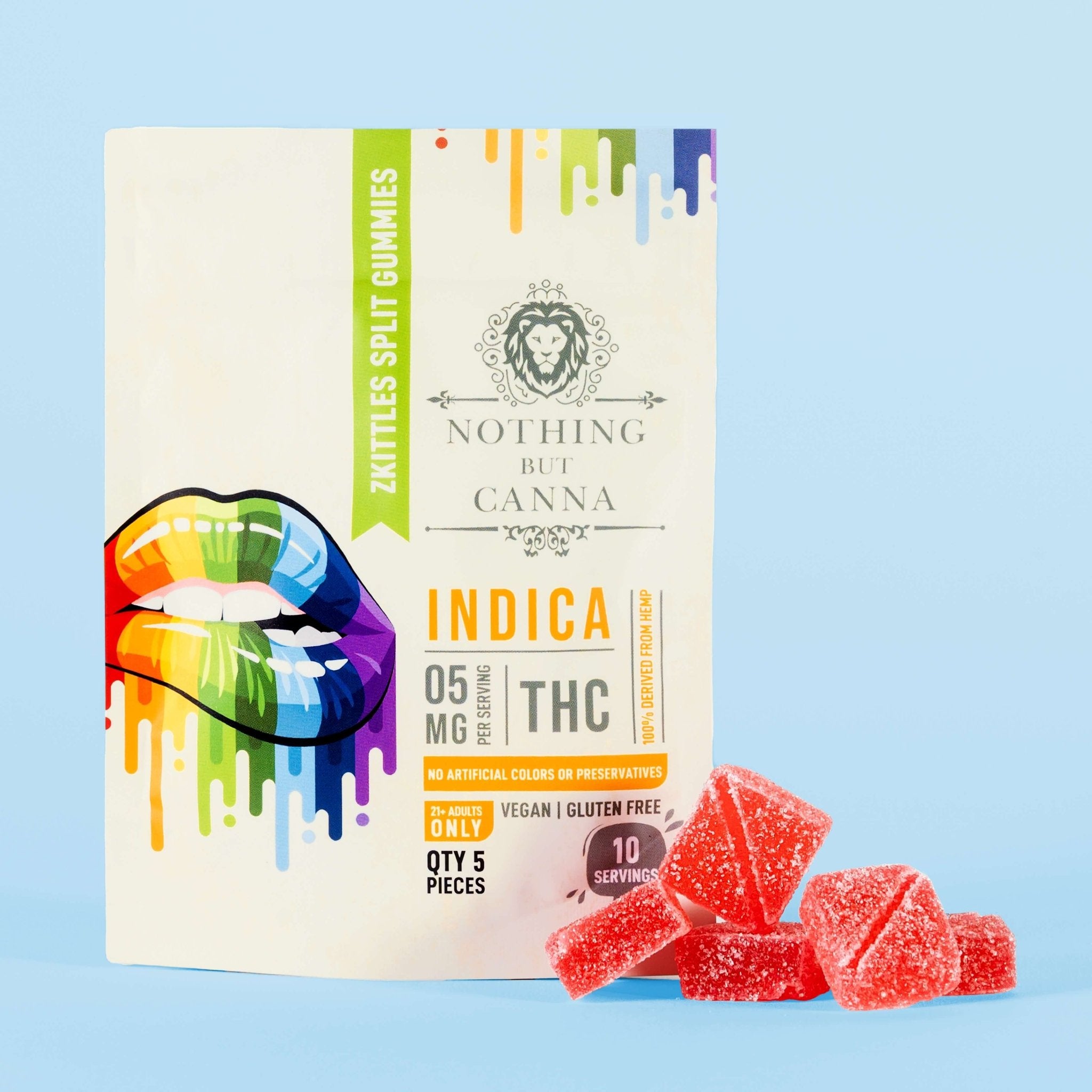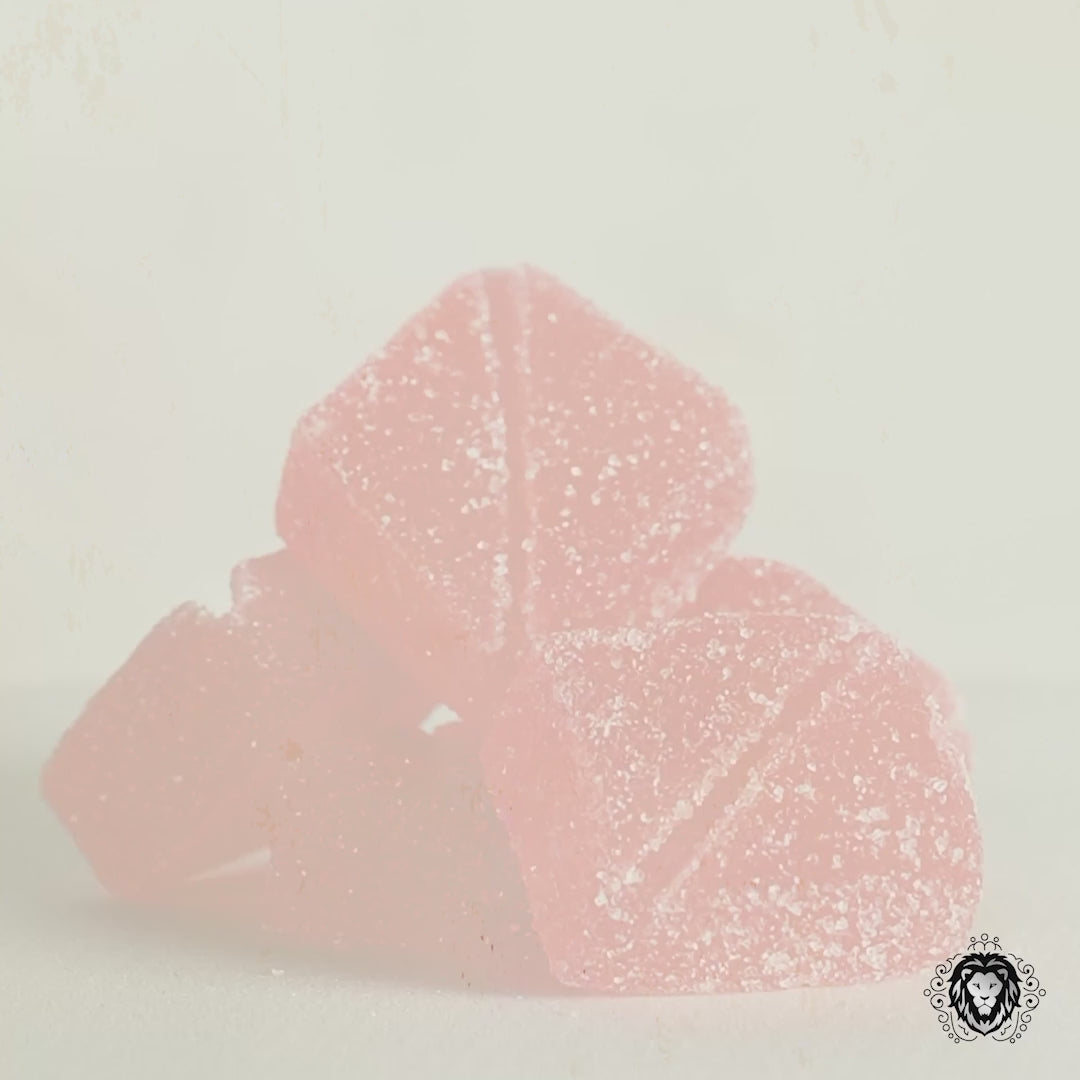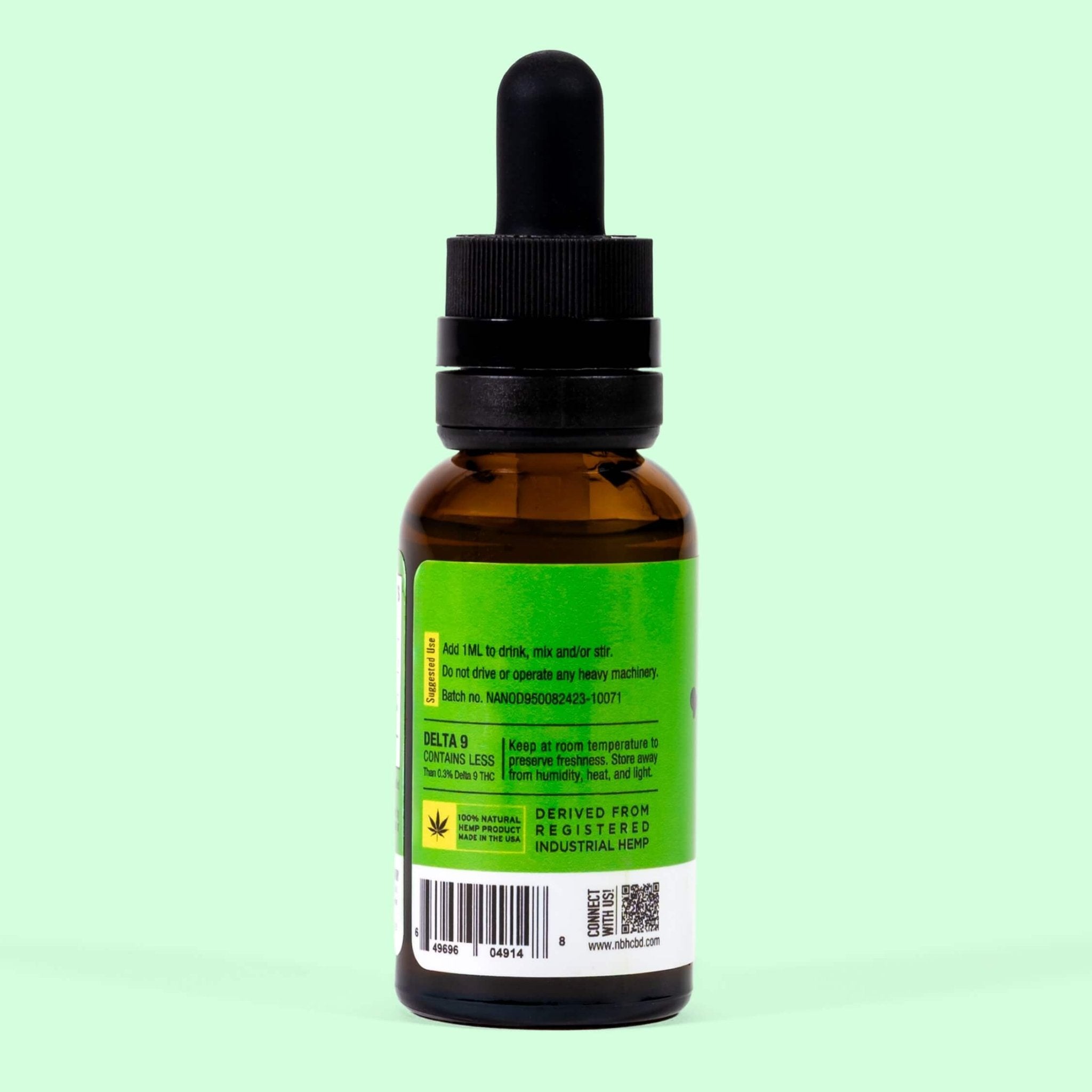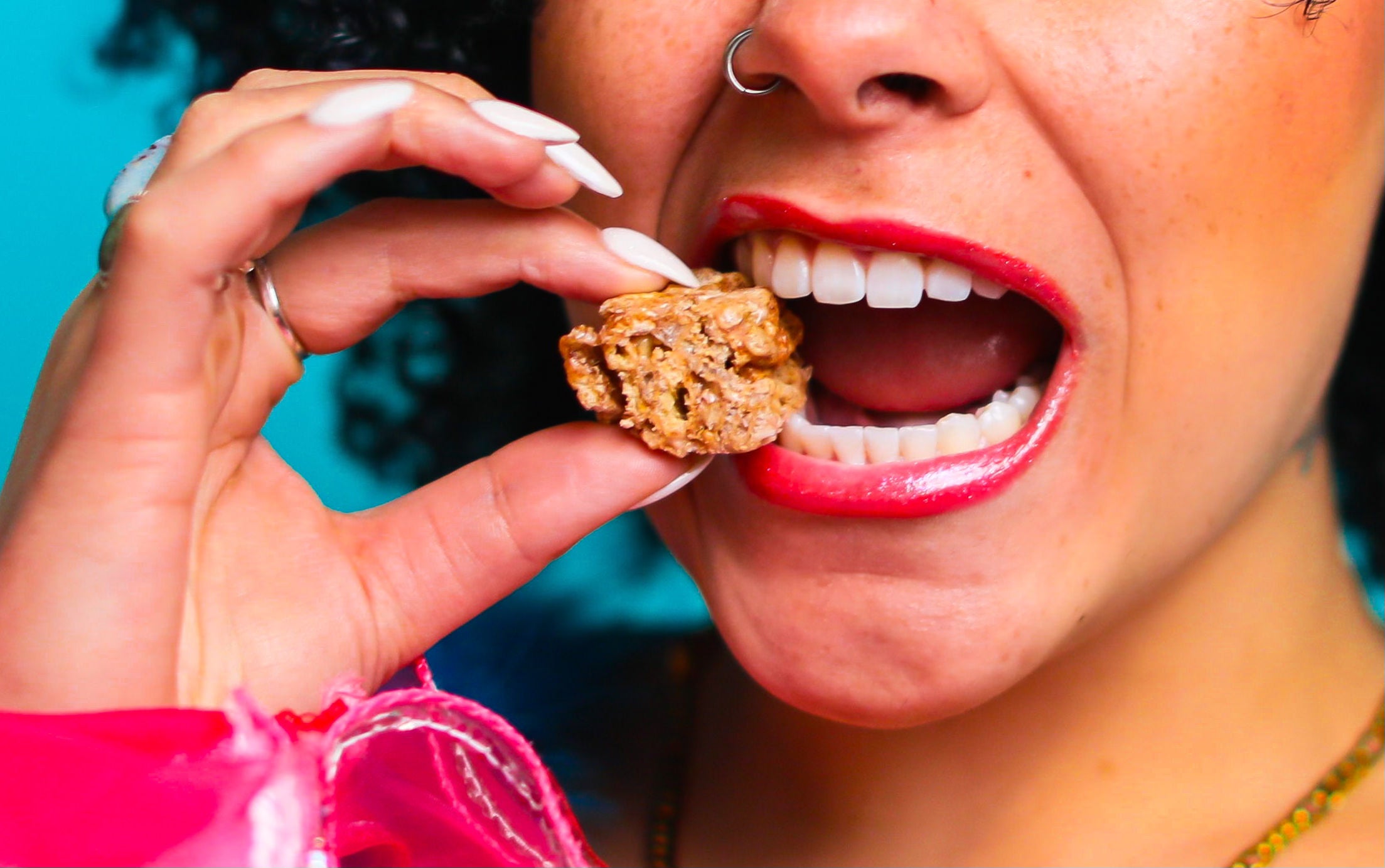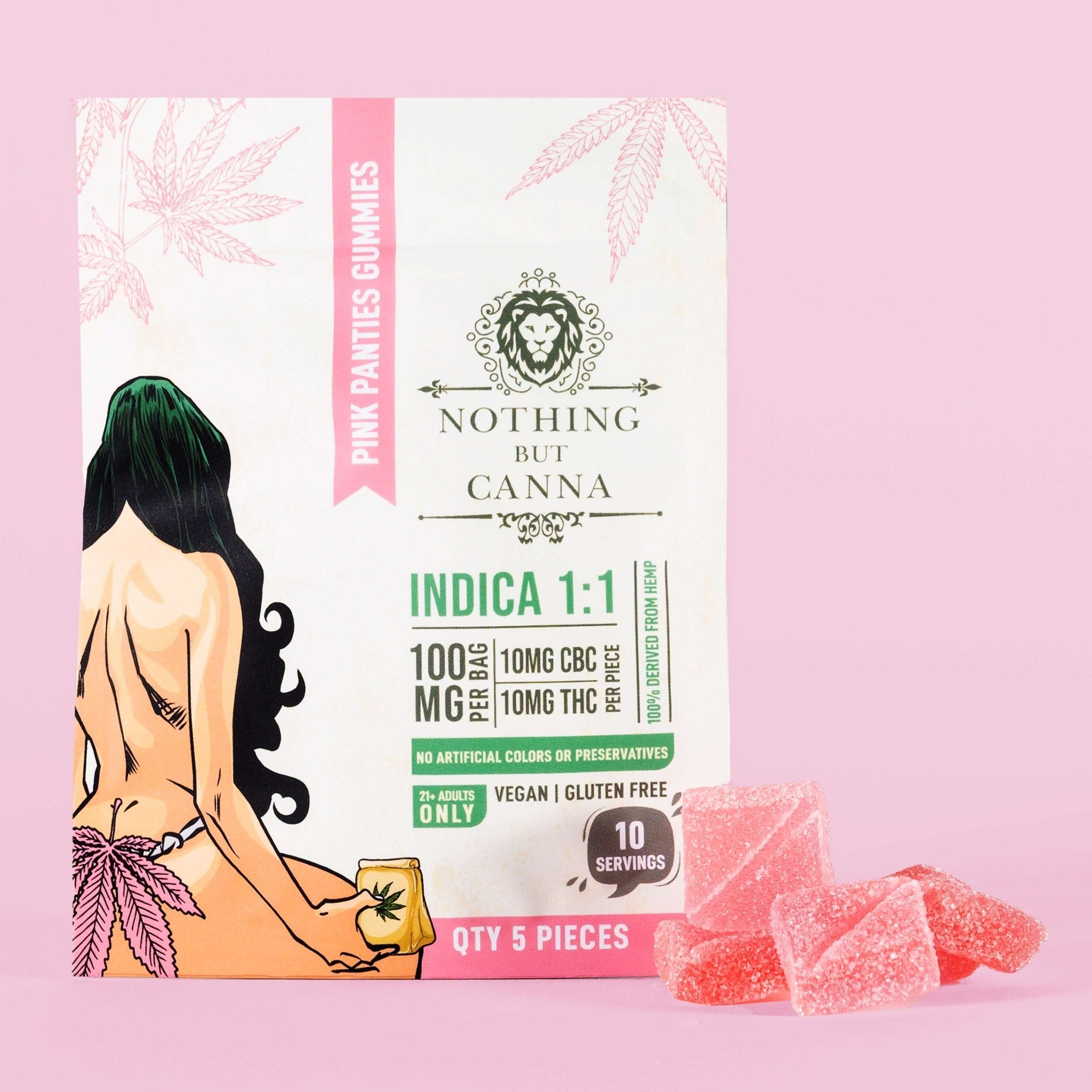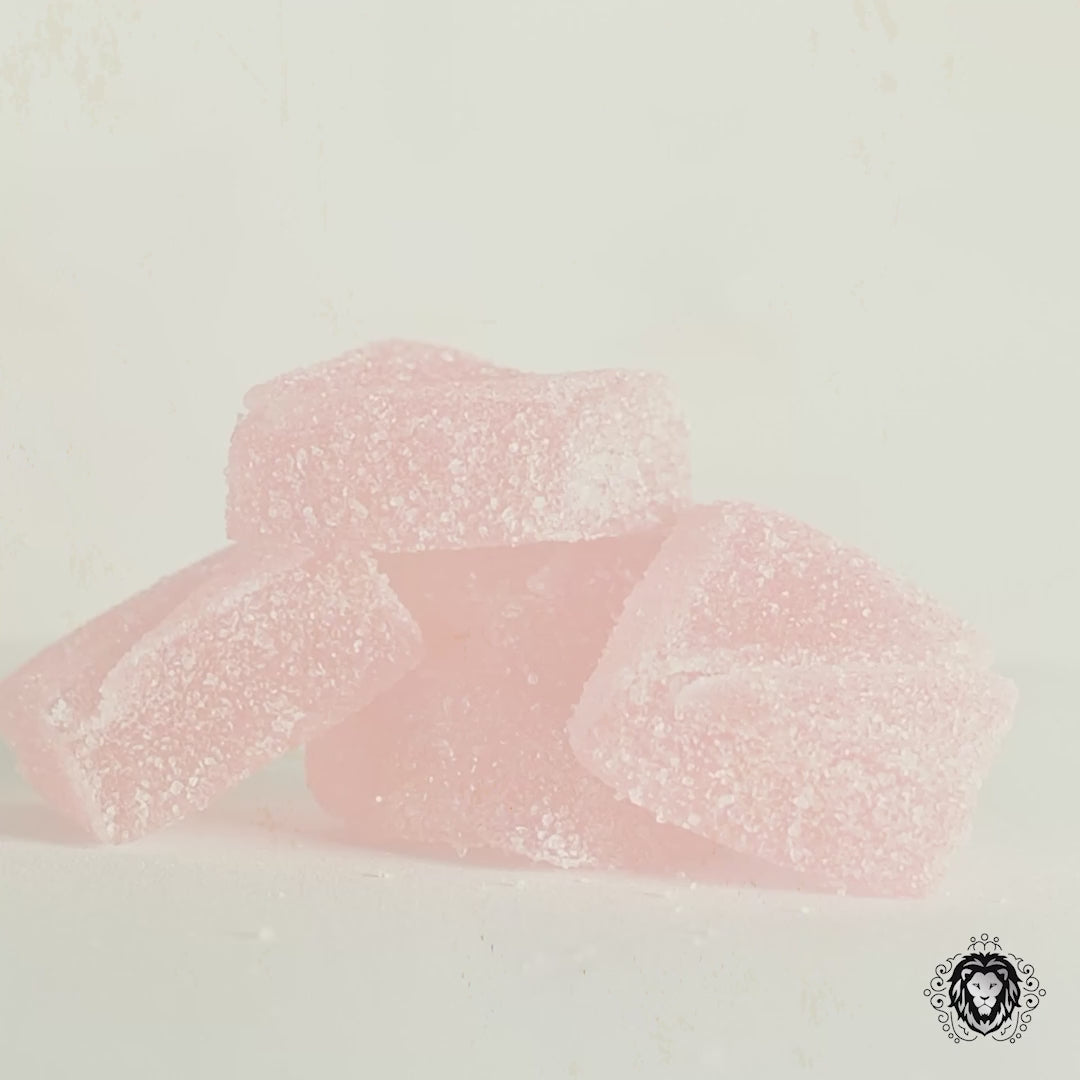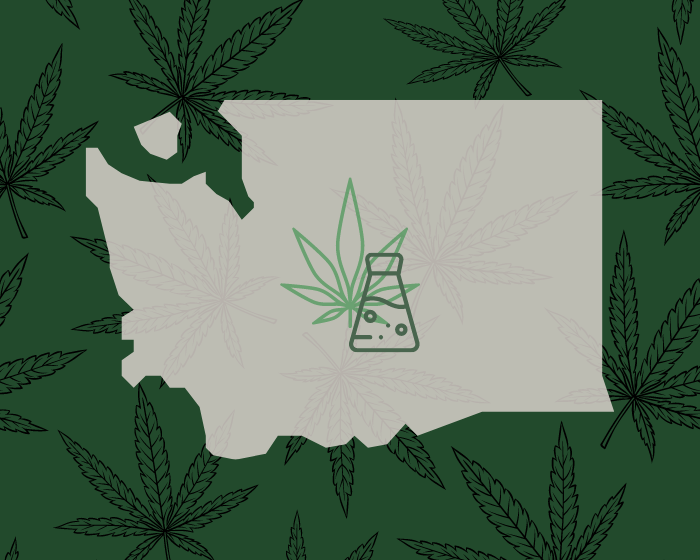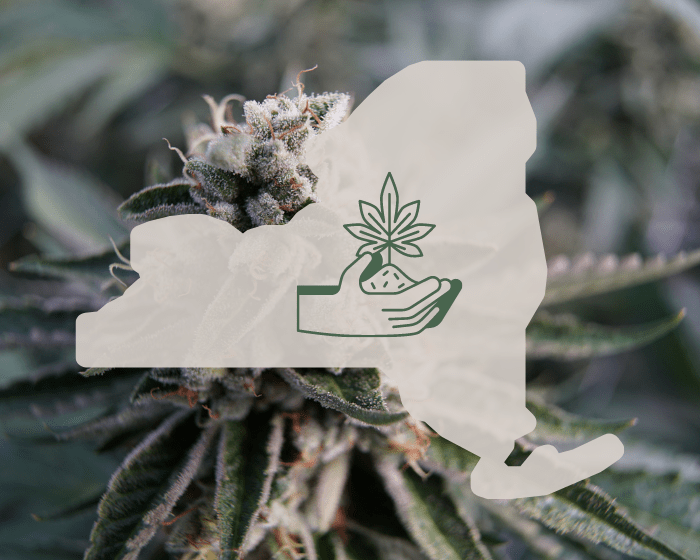
Hemp farmers in Tennessee are being told to burn or otherwise destroy fields of hemp that tested above federal THC thresholds after a change in testing rules, reports Nashville News Channel 5.
The US Department of Agriculture’s 2021 final rule establishing a national hemp program requires field samples to measure both delta-9 THC and THCa. The total concentration must remain below 0.3 percent.
According to Hemp Grower, the 2018 Farm Bill didn't define hemp by total THC levels and only required testing for delta-9-THC. But the USDA's interpretation of the bill requires testing for total THC.
Why? The 2021 rule explains that Ernest Small, a horticulturalist who documented the differences between hemp and other cannabis in the 1970s, used gas chromatography testing. This method applies heat to the sample, decarboxylating any THCa into delta-9 THC.
Liquid chromatography testing, on the other hand, doesn’t use enough heat to fully decarboxylate the THCa. When this method is used, the USDA said results for THCa and delta-9 must be added together to ensure consistency between the two testing methods.
Burning Half the Crop
Nearly half the crops in Tennessee, 42 percent, are testing hot, Kyle Horan reported for News Channel 5.
Hemp farmer Seth Fuller, who had to burn about half of his crop, told the station it meant the loss of many thousands of dollars.
“It's a very sad day at Nashland Farms,” Fuller said. “There are a lot of people who helped maintain this crop to help get it to its potential and there are a lot of people waiting to get this crop to help with ailments and everybody is kind of losing in this case. So, we're trying to create a win and educate the general public and try to destigmatize hemp as a whole.”
Horan reported that the Tennessee Department of Agriculture is trying to help by allowing farmers to grind the crop and test again. Ultimately, though, the department must enforce the USDA’s rules.
"When the USDA said in their final rule that it's 0.3 THC, that's what we have to go by,” Denise Woods, Hemp Program Coordinator for TDA, told Horan.
Potential Solutions Coming, But Won’t Help Farmers Now
A federal bill introduced in early February could offer a solution. The Hemp Advancement Act, seeks to raise the threshold for THC in unprocessed hemp to 1 percent.
And a “THC-null” variety of hemp was announced in January. A Colorado hemp genetics company, Trilogene, said it was releasing a hemp cultivar that produced 17-22 percent CBD and no THC. Called Pandora, clones will be available this spring for U.S. farmers, and seeds will be available in the U.S. and internationally this fall.
But these potential solutions probably offer little consolation to Tennessee farmers under orders to destroy crops now.
Why 0.3 percent?
Where did the 0.3 percent rule come from in the first place?
It dates back to 1976, when Canadian horticulturalists Ernest Small and Arthur Cronquist sought to distinguish hemp from other cannabis.
As documented in Hemp Grower, the horticulturalists wrote, “It will be noted that we arbitrarily adopt a concentration of 0.3% delta-9 THC (dry-weight basis) in young, vigorous leaves of relatively mature plants as a guide to discriminating two classes of plants.”
In their own words, the 0.3 percent limit is arbitrary.
THC produces no psychotropic effects until at least 1 percent, according to to Congressional Research Service.




